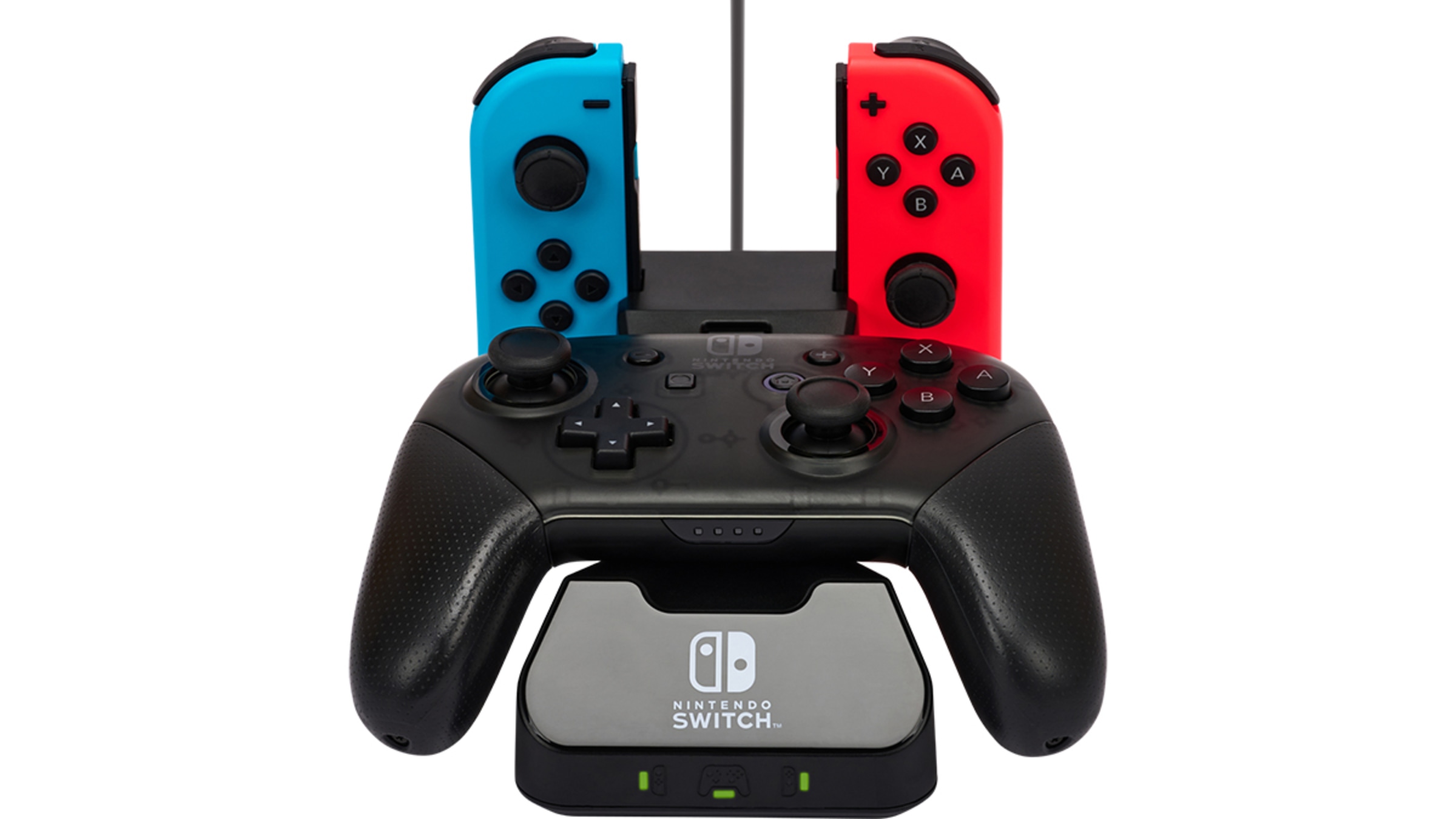
Unveiled: The Complexities of Incompatible Charging Cables for Nintendo Switch 2
Introduction
Nintendo's latest console, the Switch 2, has been met with both excitement and frustration due to its incompatible charging cables. This development has raised questions about the reasons behind this decision and its implications for consumers and the gaming industry.
Reasons for Incompatible Cables
Nintendo has stated that the incompatibility is a measure to protect the console's circuitry from damage and to ensure optimal charging performance. The Switch 2's USB-C port is designed to handle higher power levels than previous models, and using incompatible cables could potentially damage the console's internal components.
Another reason cited by Nintendo is licensing fees. By requiring proprietary cables, Nintendo can maintain control over the charging process and potentially generate revenue from licensing fees for third-party manufacturers.
Impact on Consumers
The incompatibility of charging cables has several implications for consumers:
Industry Perspectives
The gaming industry has reacted to Nintendo's decision with mixed reactions:
Data and Examples
Consumer Survey: A recent survey conducted by a tech magazine found that over 70% of consumers were frustrated by the incompatibility of charging cables for the Switch 2.
Industry Case Study: The Apple iPhone has used a proprietary charging cable for many years, which has led to both criticism and increased revenue for Apple through licensing fees.
Analysis of Perspectives
While Nintendo's reasons for incompatible charging cables are valid, they must be weighed against the potential drawbacks for consumers. Standardization would benefit consumers by reducing costs, increasing convenience, and eliminating confusion. However, it could also limit innovation and raise concerns about safety if manufacturers cut corners to meet standards.
The issue of licensing fees is more complex. While Nintendo has the right to protect its intellectual property, it is important to balance this with the interests of consumers. Excessive licensing fees could stifle competition and ultimately hurt the gaming industry.
Conclusion
The incompatibility of charging cables for the Nintendo Switch 2 is a complex issue with multiple perspectives and implications. While Nintendo's reasons for this decision are understandable, the potential drawbacks for consumers must be carefully considered. Standardization would provide benefits to consumers, but it could also limit innovation and raise safety concerns. Ultimately, the best solution may lie in finding a compromise that balances the interests of Nintendo, consumers, and the gaming industry as a whole.
Reflection on Broader Implications
The issue of incompatible charging cables extends beyond Nintendo and the Switch 2. Many other industries, such as smartphones, laptops, and peripherals, have faced similar challenges. The lack of standardization in charging can lead to consumer frustration, increased costs, and environmental waste. As technology continues to evolve, it is important to consider the long-term implications of incompatible charging cables and work towards finding sustainable solutions that benefit both consumers and the industry.